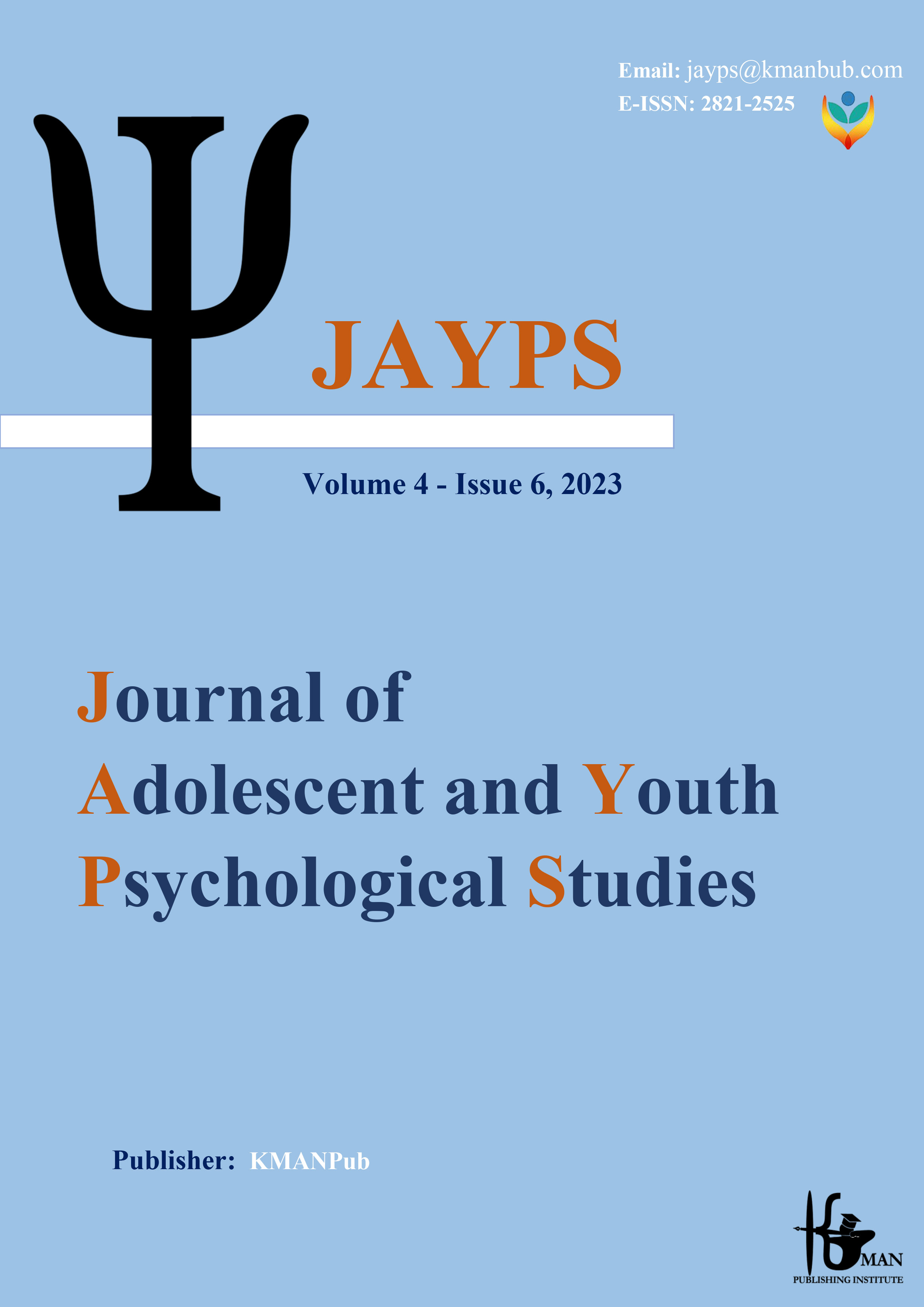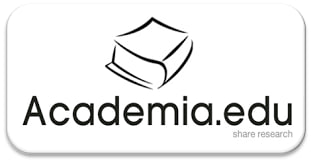Identifying and analyzing the challenges of virtual education during the Covid-19 pandemic in the first secondary school
Keywords:
Virtual education, challenges of virtual education, first secondary school, corona pandemic.Abstract
Background and Aim: virtual education is the intersection of distance education, computer-based education and internet technologies. The main purpose of this article was to identify and analyze the challenges of virtual education during the Covid-19 pandemic in the first secondary school. Methods: The research method is mixed (qualitative-quantitative). To conduct this research, in addition to document study, thematic analysis technique with MAXQDA12 software was used. The statistical population consisted of all experts in the field of educational management and primary education and teachers with high experience and work experience in education, after conducting 15 theoretical saturation interviews, and in the quantitative part of the statistical population, all university experts and teachers included 21 people. Dimtel technique has been used to determine the effectiveness and effectiveness of virtual education threats and opportunities Results: Qualitative findings showed that 7 components were extracted for threats and 6 components for opportunities; Quantitative findings showed that the criteria of economic components, parental involvement, educational-emotional and cultural, reduction of time and distance, evaluation and feedback, infrastructures and educational opportunities are effective components respectively. Conclusion: The components of economy, parental participation, educational-emotional and cultural, reduction of time and distance, evaluation and feedback, infrastructure and educational opportunities were the most effective. The components of preserving social and national resources, opportunities for evaluation and feedback, educational justice, attracting students, reducing costs, and learning quality are considered to be the most effective components, respectively.
Downloads
Downloads
Published
Submitted
Revised
Accepted
Issue
Section
License

This work is licensed under a Creative Commons Attribution-NonCommercial 4.0 International License.









